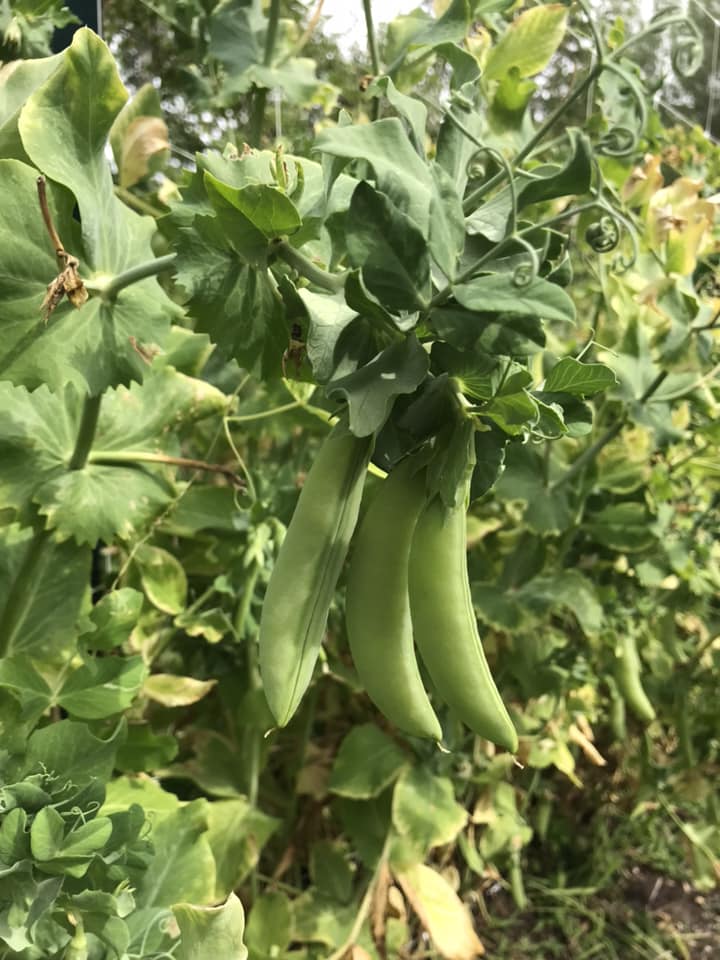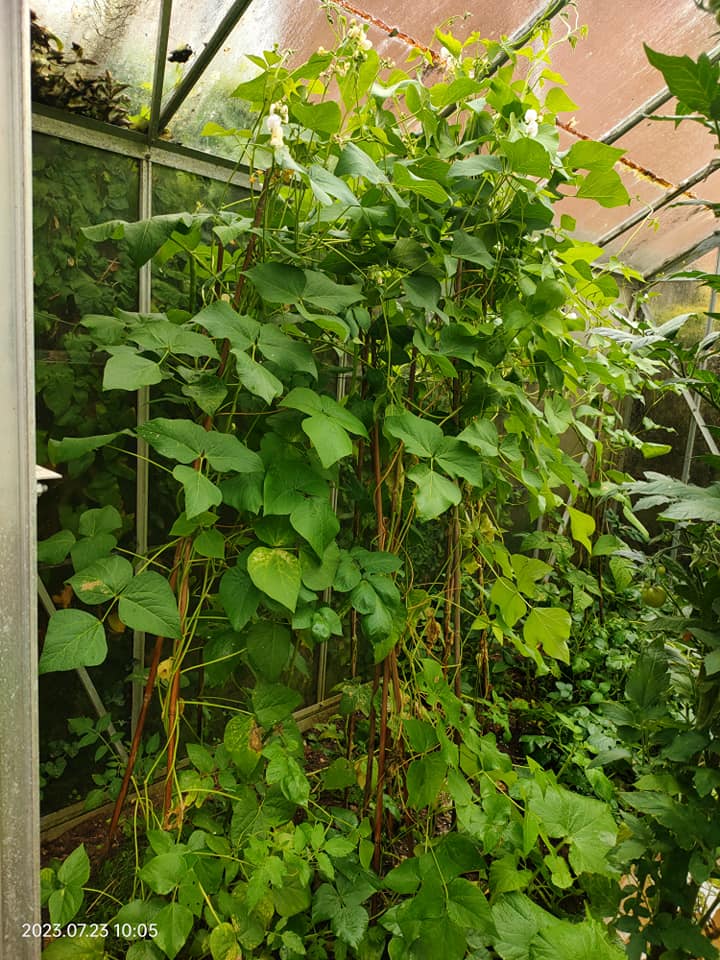
Think green beans are only a summer crop? Think again. With the right timing and a few cool-weather tricks, planting fall green beans can give you a second, sweeter harvest just as temperatures dip. While most gardeners are wrapping things up, you’ll be picking crisp green pods when everyone else is sipping pumpkin spice. Ready to learn the fall bean secret that experienced gardeners swear by?
Fall Green Beans — What’s the Real Advantage?

Why plant again in autumn?
Once summer heat fades, certain vegetables—including beans—bounce back in flavor and texture. Cooler nights slow plant stress and increase pod tenderness. Instead of tough, stringy beans, fall-planted crops offer buttery softness and a deeper earthy taste.
Benefits of fall planting:
- Sweeter flavor profiles
- Reduced pest pressure
- Less watering required
- An extended growing season without extra garden space
Timing Is Everything: When Should You Plant Fall Green Beans?
Check your frost dates first
To succeed, you must beat the frost clock. Beans need 45–60 days to reach harvest. Count backward from your average first frost date to determine your exact planting window.
Example:
| First Frost Date | Plant By |
|---|---|
| October 15 | Mid–Late August |
| November 1 | Early September |
Choosing the Right Variety — Are All Beans Created Equal?
Go for speed and resilience
Not every green bean likes cooler weather. Fall gardens favor fast growers with compact habits.
Ideal varieties for fall planting:
- Provider – Roman-tender pods and excellent cold tolerance.
- Contender – Fast-growing and happy in cool periods.
- Bush Blue Lake 274 – Famous for its crisp pods and speedy maturity.
- Tendergreen – Reliable, consistently productive in unpredictable fall weather.
Should you grow bush or pole beans?
- Bush beans mature quickly (50–55 days) — perfect for racing frost.
- Pole beans climb, produce longer—but need support and more time (60–70 days).
Preparing Your Soil for a Fall Comeback
Do summer beds need restoring?
After summer’s demands, garden beds may be tired. Give your fall beans the best chance with a recharge.
Soil boosting checklist:
- Work in 2 inches of compost or rotted manure.
- Add wood ash (lightly) for extra potassium (bean pods love it).
- Mix in bone meal if phosphorus levels are low.
- Ensure drainage is excellent — soggy fall soils stunt germination.
Planting Your Fall Green Beans — Step-by-Step Guide
Spacing and Depth — Does It Matter?
Ideal planting instructions:
- Depth: 1 inch
- Bush spacing: 3 inches apart
- Pole spacing: 4–6 inches apart with trellis in place
- Row spacing: 18–24 inches
Watering — Do fall beans need less moisture?
Yes — but don’t let them dry out in the first two weeks. Seeds need consistent moisture to sprout in lingering summer heat. Once up, cut watering in half. Damp—not soaked—soil prevents rot.
The Cool-Weather Hack Gardeners Swear By
What’s the secret trick?
Use row covers or low hoops with lightweight fabric once nighttime temperatures drop below 60°F. This creates a mini greenhouse effect, holding just enough warmth to speed plant growth while fending off early fall chills.
Why it works:
- Traps 5–10°F of extra heat
- Blocks chill winds that slow pod development
- Can be removed on warm days to prevent overheating
Bonus tip: Some gardeners tuck a black-painted 1-gallon water jug beside each plant. The jug heats up during the day and releases warmth at night — a micro heater for cold snaps.
Common Mistakes When Planting Fall Green Beans — And How to Dodge Them
Mistake 1: Planting too late
Solution: Count back from your frost date religiously — not “roughly.”
Mistake 2: Using exhausted soil
Solution: Refresh beds—fall crops still need nutrients.
Mistake 3: Forgetting to switch varieties
Solution: Choose bush types bred for cooler temps.
Mistake 4: Allowing seedlings to dry out
Solution: Keep topsoil evenly moist until true leaves appear.
Harvesting Fall Beans — Is It Any Different?
When to pick for best flavor?
Harvest beans when pods are:
- 4–6 inches long
- Firm yet pliable
- Seeds inside still small and barely visible
Pick every two days to keep plants productive. Cooler weather means slower pod development, so watch closely.
Can You Freeze Your Fall Harvest?
Absolutely. In fact, fall-grown beans tend to retain texture better after freezing than summer ones. Blanch for 2–3 minutes, cool rapidly in ice water, pat dry, then store in bags.
